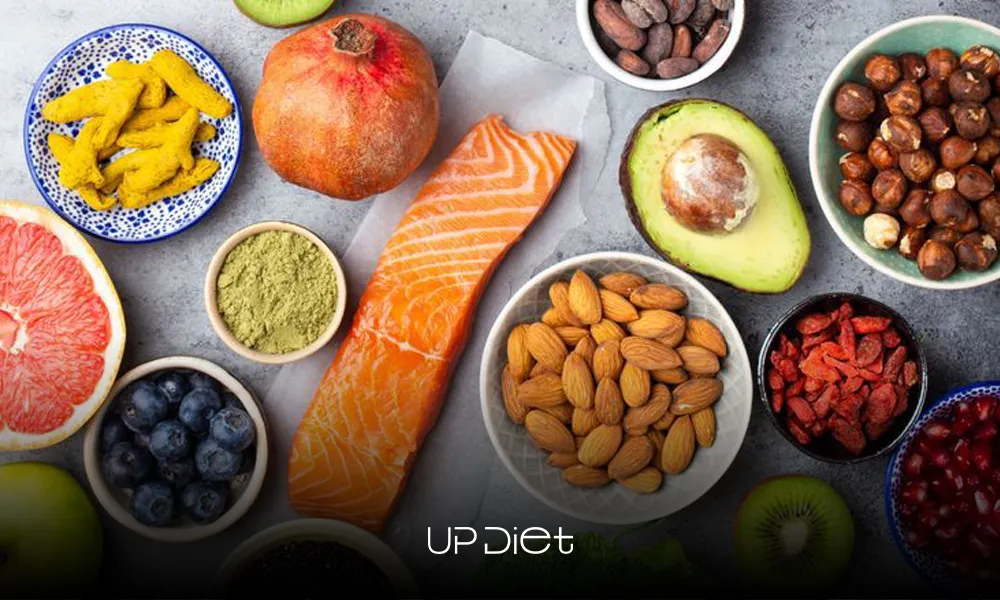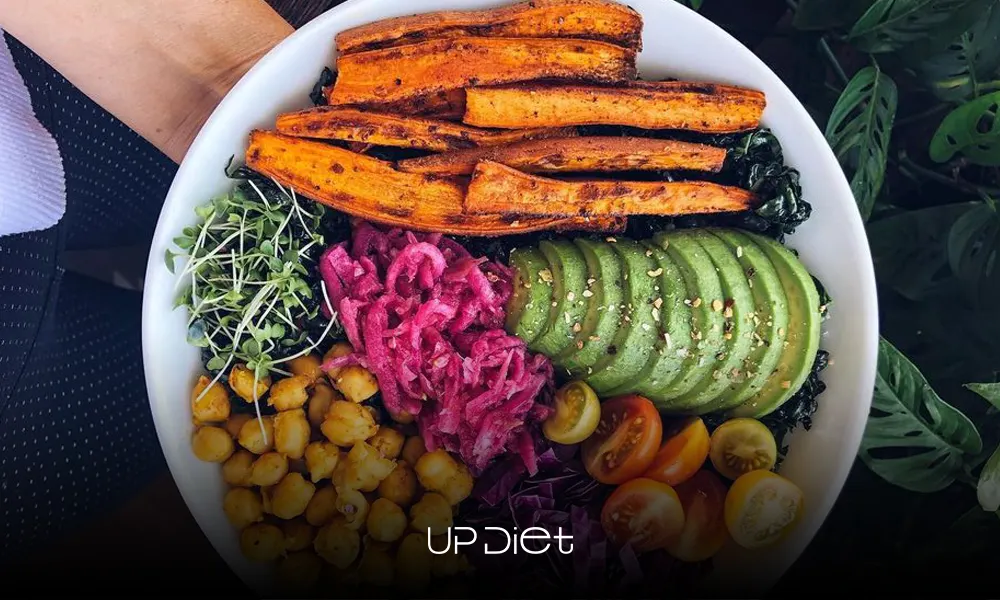Studies show that just 1-1.5 ounces of fatty fish per day soothes stiff, tender, and painful joints. Imagine the difference when this is combined with a full joint pain diet.
Keep scrolling to see how anti-inflammatory eating can ease arthritis, and how you can make it a simple, sustainable part of your daily routine.
Understanding Arthritis and the Role of Diet
According to the Arthritis Foundation, 1 in 4 adults in the U.S. live with arthritis, and its pain interferes with their daily lives. However, by taking on a balanced diet (not just a few foods here and there), you can manage inflammation, slow cartilage breakdown, and reduce flare-ups over time.
Best Foods for Arthritis to Eat

Some sources recommend the Mediterranean or DASH diet to help heal arthritis through diet. Suppose you prefer not to follow a specific diet. In that case, you can always plan meals around anti-inflammatory foods that are packed with antioxidants, polyphenols, fiber, and omega-3 fatty acids, such as:
- Fruits, especially berries (e.g., blueberries, raspberries)
- Leafy greens, and cruciferous vegetables like spinach, kale, broccoli
- Flaxseeds, chia seeds, walnuts
- Extra-virgin olive oil, avocado, and dark chocolate
- Fatty fish, including salmon, sardines, and mackerel
- Whole grains and legumes
- Spices like turmeric, cinnamon, ginger, and cloves
- Sardines, cod liver oil, egg yolk, fortified foods, and sunlight! for vitamin D
- Green and/or black tea
Foods to Avoid with Arthritis
Unlike the previous list, some foods aren’t ideal for joint health and can promote inflammation. Here are the foods to avoid with arthritis:
- Refined carbohydrates like white bread or pastries
- Red and processed meats
- Sugary snacks, pastries, soda, candies
- Fried foods and foods high in trans-fat (commercial baked goods, instant noodles, frozen pizzas, shortening, etc.)
- Dairy, if you’re sensitive to casein
How to Heal Arthritis Through Diet

Beyond foods to eat for arthritis (and not to eat), other minor changes make significant differences. For example:
- Eat consistent anti-inflammatory meals. Have plenty of fruits, vegetables, leafy greens, and olive oil daily.
- Introduce new anti-inflammatory foods slowly to your diet without overwhelming your routine.
- Be careful about imbalances in omega-6 to omega-3 in your diet (they promote inflammation), and avoid high doses.
- Water supports joint lubrication and flushes out inflammatory compounds, so stay hydrated.
- Mind your intake of salt and additives. High sodium and preservatives aggravate symptoms.
- Track how meals affect your joints; limiting those trigger foods can make daily pain more manageable.
Simple Joint Pain Diet Tips for Daily Living
- Read product labels before buying. This way, flare-ups caused by added sugars, sodium, or unhealthy fats won’t surprise you.
- Cook at home to have complete control over your ingredients and spices.
- Prep meals ahead so healthy eating is effortless during busy days.
- Practice portion control. Eat balanced servings of vegetables, lean protein, and healthy fats.
- Take meal timing seriously and spread meals evenly to control blood sugar and inflammatory spikes.
- Consult your healthcare provider and consider supplements if necessary.
Final Thoughts: Reduce Pain Naturally Through Nutrition
Anti-inflammatory eating isn’t a short-term fix. If you want to heal arthritis through diet, turn it into a lifestyle you actually enjoy. Start by swapping a few meals for anti-inflammatory options, see how your body responds, and watch pain flare-ups fade over time.
- In this post:
- Understanding Arthritis and the Role of Diet
- Best Foods for Arthritis to Eat
- Foods to Avoid with Arthritis
- How to Heal Arthritis Through Diet
- Simple Joint Pain Diet Tips for Daily Living
- Final Thoughts: Reduce Pain Naturally Through Nutrition




.psd%20(4).webp&w=640&q=75)